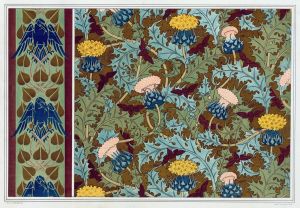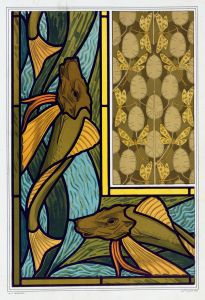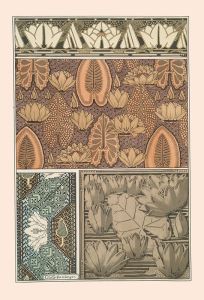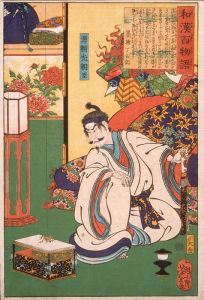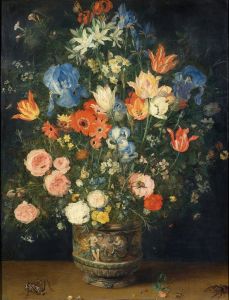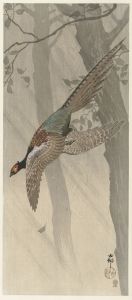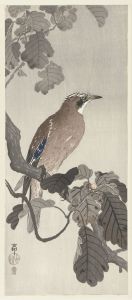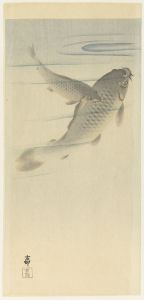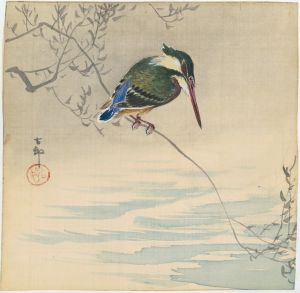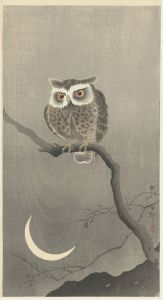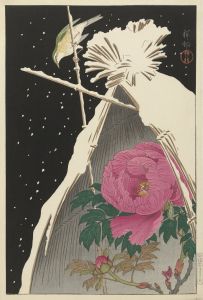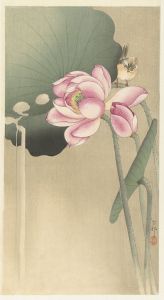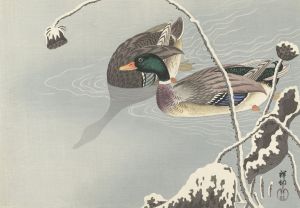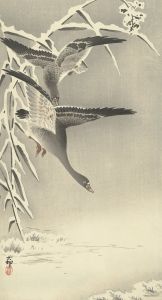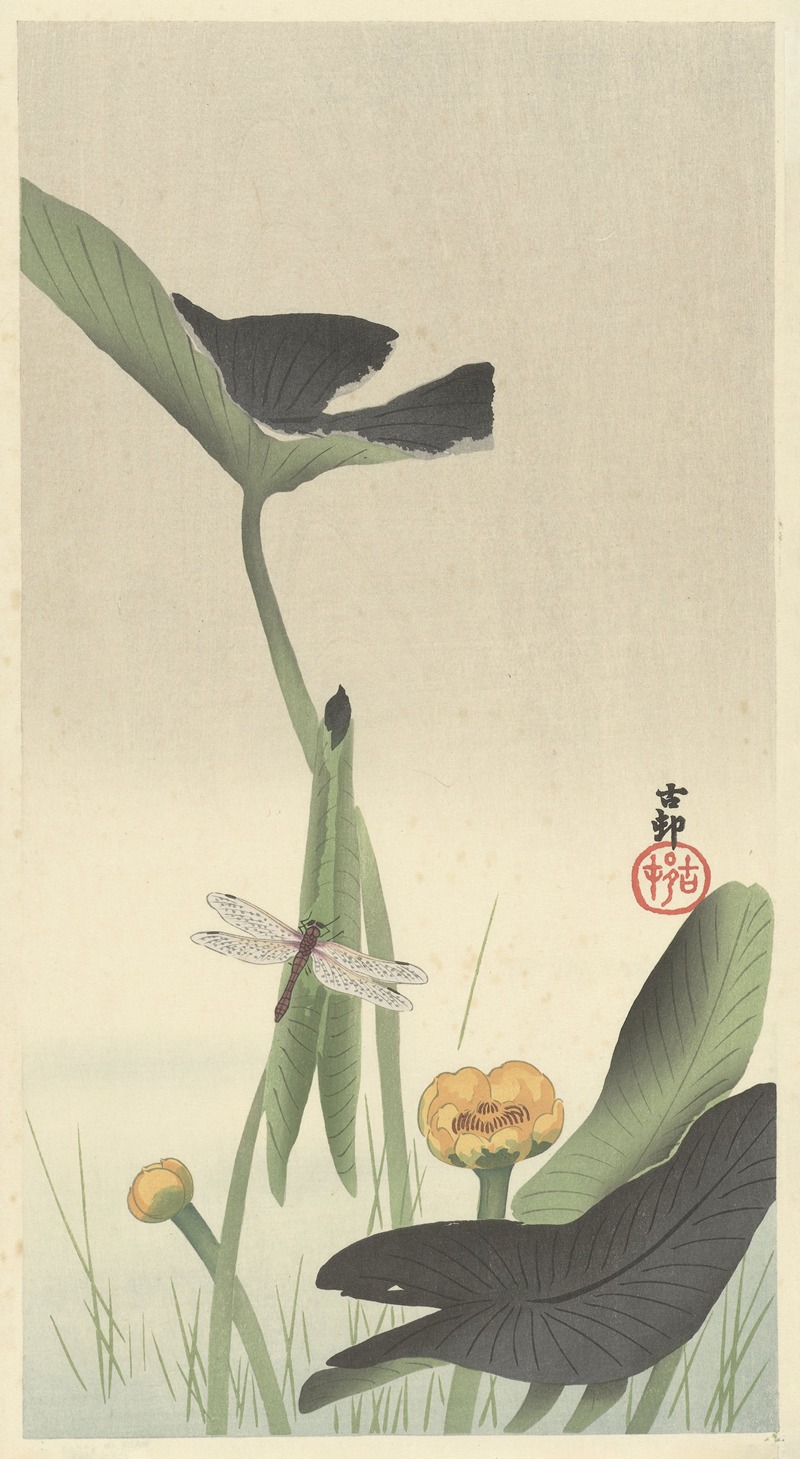
Dragonfly and lotus
A hand-painted replica of Ohara Koson’s masterpiece Dragonfly and lotus, meticulously crafted by professional artists to capture the true essence of the original. Each piece is created with museum-quality canvas and rare mineral pigments, carefully painted by experienced artists with delicate brushstrokes and rich, layered colors to perfectly recreate the texture of the original artwork. Unlike machine-printed reproductions, this hand-painted version brings the painting to life, infused with the artist’s emotions and skill in every stroke. Whether for personal collection or home decoration, it instantly elevates the artistic atmosphere of any space.
Ohara Koson (1877–1945) was a prominent Japanese artist known for his exquisite woodblock prints, particularly those depicting birds and flowers, a genre known as kachō-e. His work is often associated with the shin-hanga ("new prints") movement, which sought to revitalize traditional ukiyo-e art with modern sensibilities during the late 19th and early 20th centuries. Koson's prints are celebrated for their delicate beauty, attention to detail, and harmonious compositions.
"Dragonfly and Lotus" is one of Koson's notable works, showcasing his mastery in capturing the serene beauty of nature. The print features a dragonfly hovering near a lotus plant, a subject that reflects the artist's keen observation of the natural world and his ability to convey its tranquility and elegance. The dragonfly, often a symbol of change and adaptability in Japanese culture, is depicted with intricate detail, highlighting its delicate wings and slender body. The lotus, a symbol of purity and enlightenment, is rendered with equal care, its broad leaves and blossoms providing a lush backdrop for the scene.
Koson's technique in "Dragonfly and Lotus" exemplifies the traditional woodblock printing process, which involves the collaboration of the artist, carver, and printer. The artist first creates a detailed design, which is then carved into wooden blocks by skilled artisans. Each block is used to apply a different color, and the final image emerges through the careful layering of these colors. Koson's prints are known for their subtle gradations of color and the use of bokashi, a technique that creates a soft, blurred effect, adding depth and atmosphere to the composition.
The shin-hanga movement, to which Koson contributed significantly, was characterized by its blend of Western and Japanese artistic elements. While maintaining the traditional methods of ukiyo-e, shin-hanga artists like Koson incorporated Western techniques such as perspective and shading, resulting in prints that appealed to both Japanese and Western audiences. Koson's work gained considerable popularity in the West, particularly in the United States and Europe, where collectors admired the prints for their aesthetic qualities and craftsmanship.
"Dragonfly and Lotus" reflects Koson's ability to capture the ephemeral beauty of nature, a theme that resonates with the Japanese aesthetic concept of mono no aware, or the awareness of the impermanence of things. His prints often evoke a sense of calm and contemplation, inviting viewers to appreciate the fleeting moments of beauty in the natural world.
Koson's legacy as a master of kachō-e endures, with his works continuing to be highly regarded by art enthusiasts and collectors worldwide. His prints are featured in numerous museum collections, including the Museum of Fine Arts in Boston and the Rijksmuseum in Amsterdam, ensuring that his contributions to the art of woodblock printing are recognized and appreciated by future generations.





